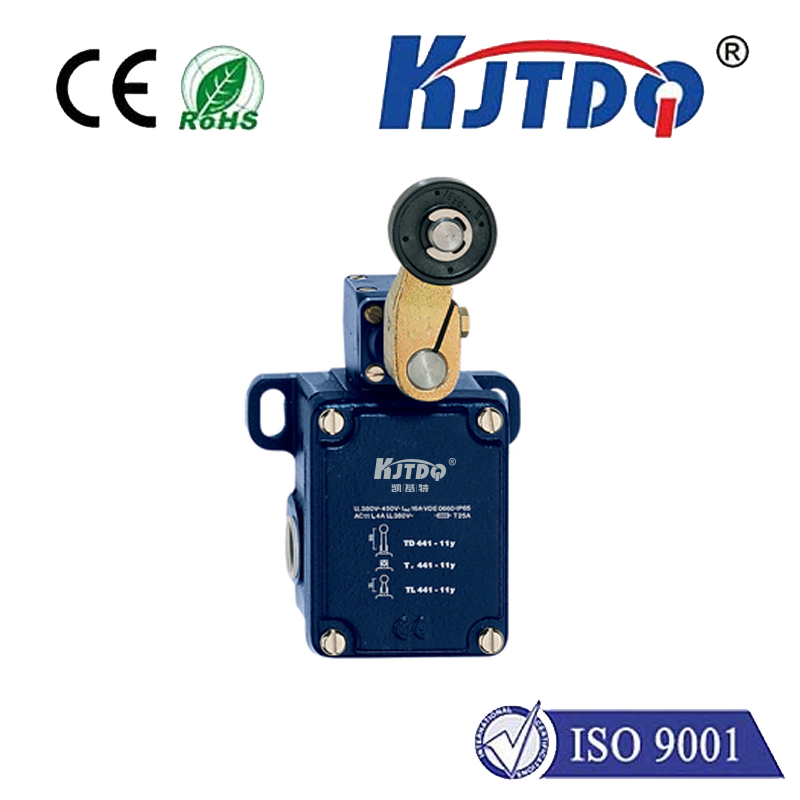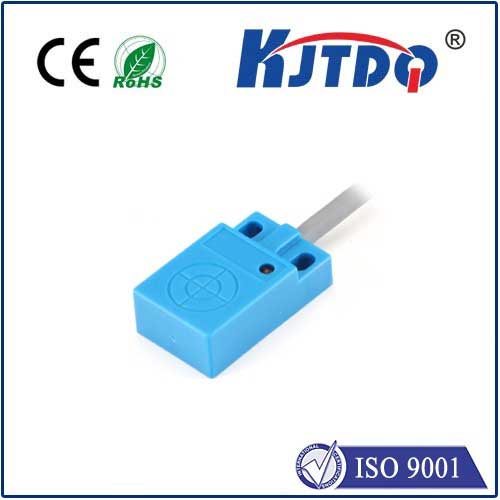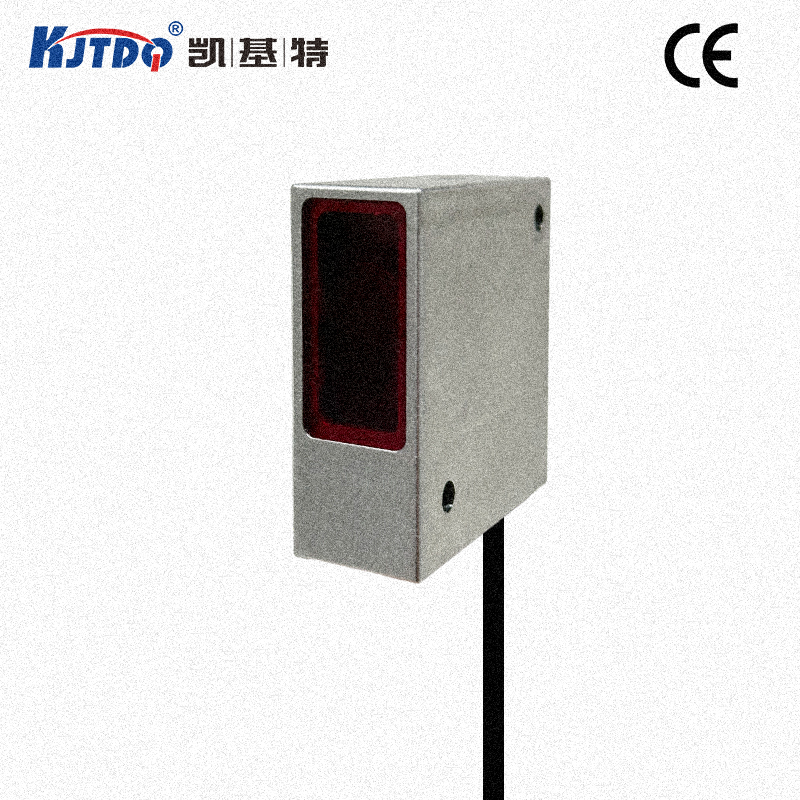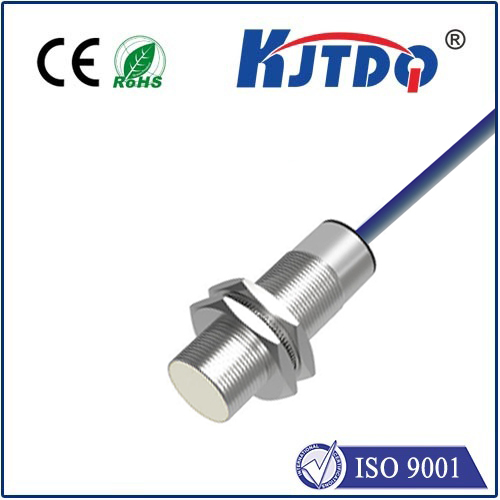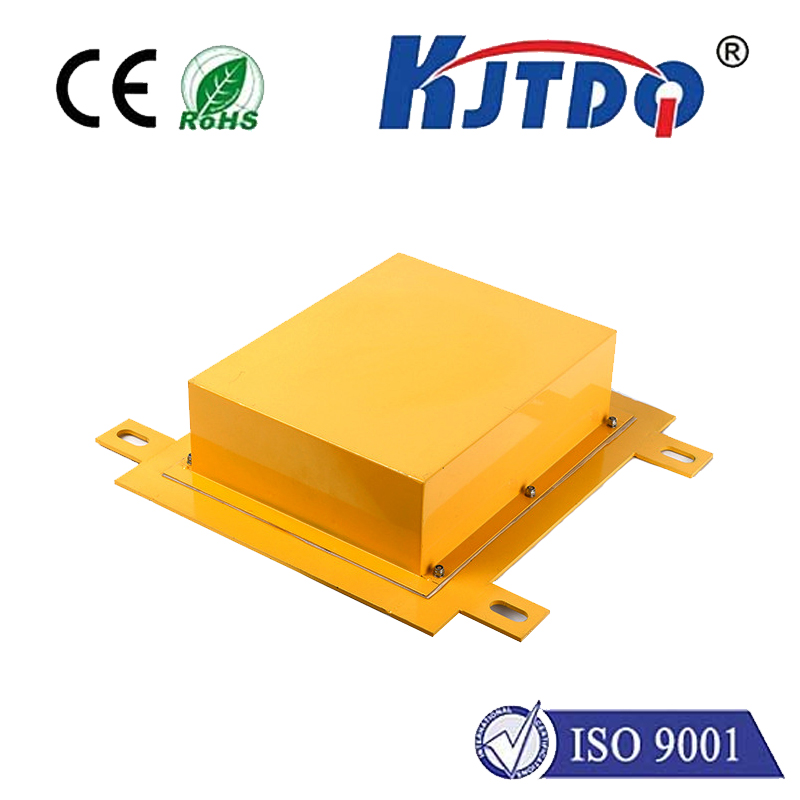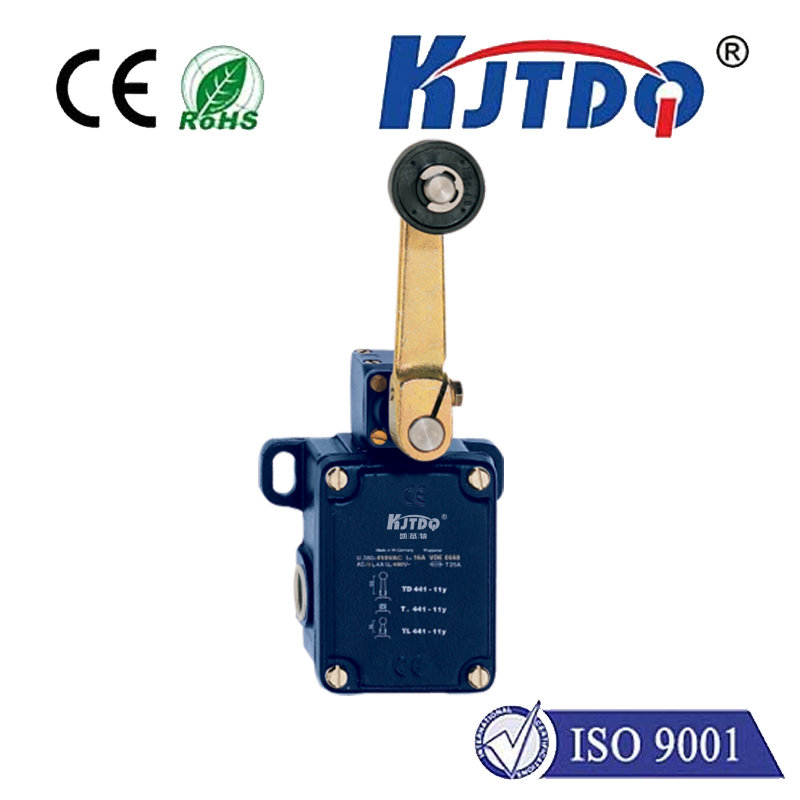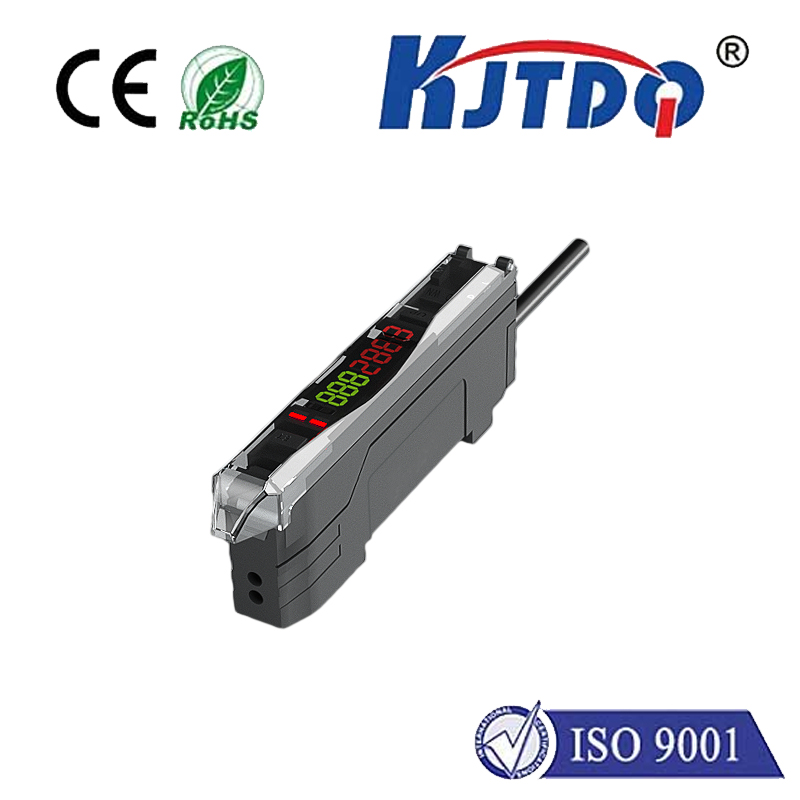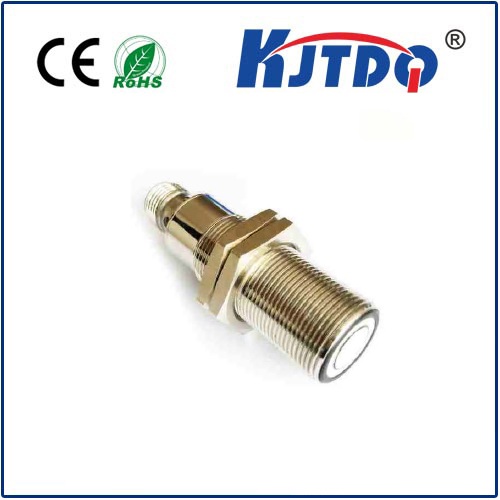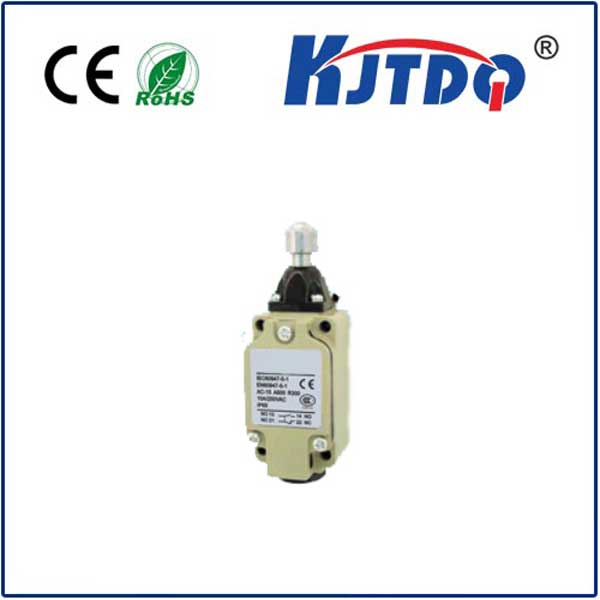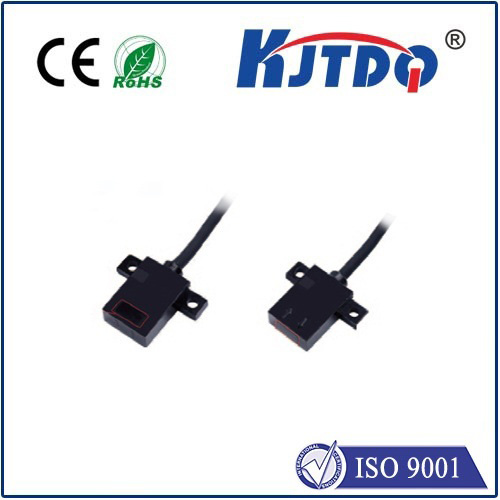
check

check

check

check
In the world of electronics, switches are essential components that control the flow of electricity based on their state. One such switch is the NPN proximity switch, which has revolutionized the way electronic devices function. This article will delve into the function, types, and applications of NPN proximity switches, providing a comprehensive understanding of this critical component.
The Function of NPN Proximity Switches:
NPN proximity switches are a type of electrical switch that uses a photoelectric principle to sense a change in electric field strength. They work by comparing the current in the circuit to a reference voltage, which generates a magnetic field. When a nearby object interrupts the magnetic field, it changes the electric field strength, causing a corresponding change in the current path. This change in current path triggers the switch to open or close, effectively turning off or on the device connected to it.
Types of NPN Proximity Switches:
1. Reactive DistanceProx: These switches use a bimetallic strip that expands when an electric charge passes through it. The distance at which the strip expands determines the switch's activation point.
2. Optocoupler: An optocoupler is a device that combines an LED with a phototransistor. When there is an electrical connection between them, the LED emits light, and the phototransistor converts the light into an electrical signal. The optocoupler can be used in proximity sensing applications where the presence of an object causes a direct voltage drop across the LED.
3. Optical Relay: An optical relay uses light as an alternative to electricity for communication between devices. It works by transmitting light pulses to another device, which receives them and returns an acknowledgement signal. This method avoids the need for traditional power supply lines, making it suitable for applications where high levels of reliability and security are required.
Applications of NPN Proximity Switches:
1. Automotive Systems: In automobiles, NPN proximity switches are used to control various functions like door locks, trunk locks, and alarm systems. They ensure that these systems only operate when they are directly touched by the driver or passenger.
2. Security Systems: NPN proximity switches are widely used in security systems because they provide fast and reliable detection of intruders. The sensors can detect human movements and send signals to alarm systems, alerting security personnel to potential threats.
3. Industrial Control Systems: In industrial settings, NPN proximity switches are used to control equipment like conveyor belts, machinery, and valves. By monitoring the presence of objects around these machines, the switches can trigger actions like stopping the machinery or adjusting its speed.
4. Medical Devices: In medical devices like blood pressure monitors and insulin pumps, NPN proximity switches are used to ensure patient safety by shutting off the device when it is not in use or when an incorrect reading is detected.
Conclusion:
The NPN proximity switch has become an indispensable part of modern electronics due to its ability to detect the presence of objects accurately and quickly. With its wide range of applications in various industries, including automotive, industrial, medical, and security, this component has undoubtedly made our lives safer and more efficient. As technology continues to evolve, it is expected that N
